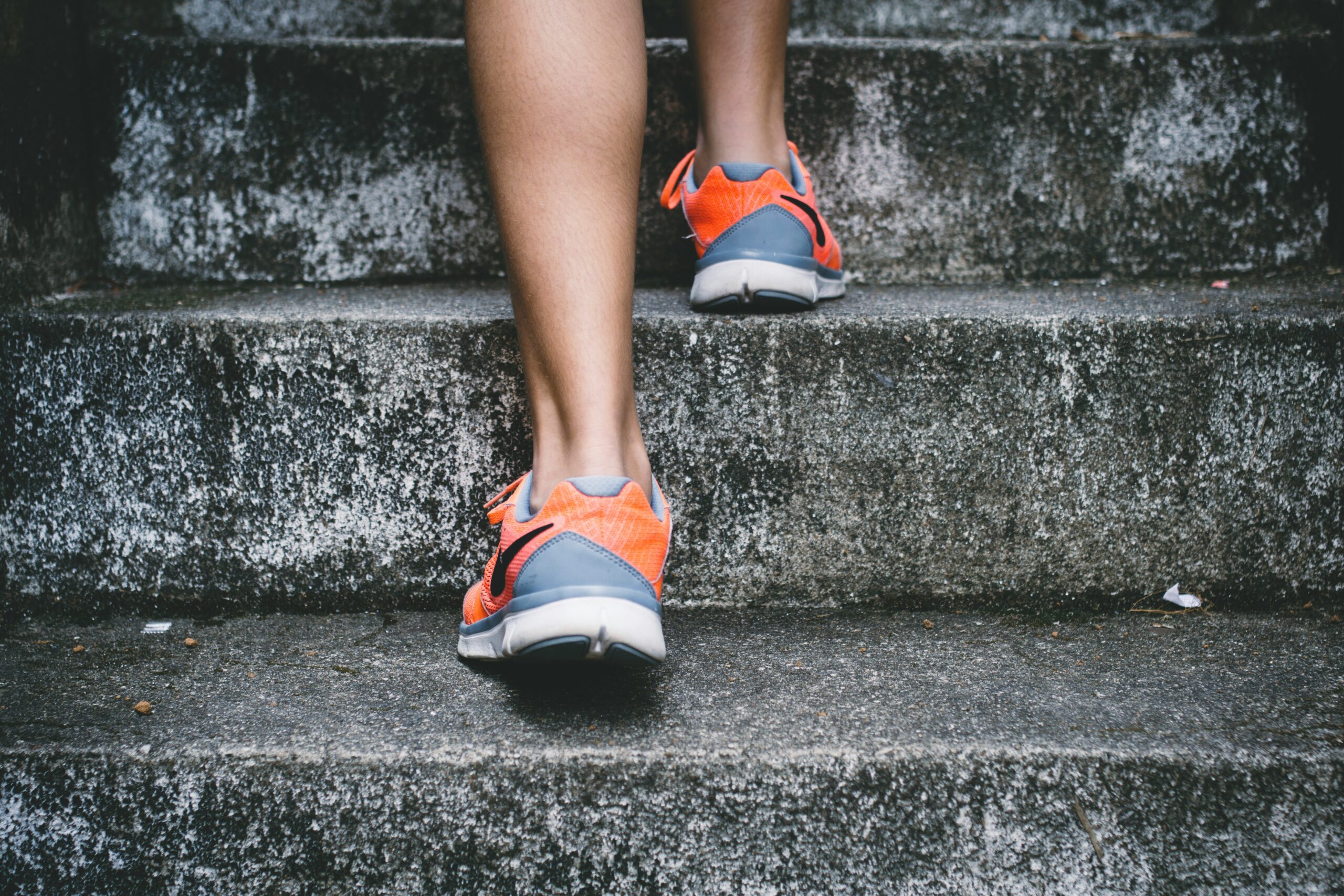“Why More Seniors Are Turning to Beef Jerky: A High-Protein Snack That Supports Healthy Aging”
👋 Introduction “Is your snack helping you age better?” That’s a question more health-conscious older adults are...

Do you feel like staying active requires a gym membership or a strict workout routine? Think again! In today’s fast-paced world, many people struggle to find time for structured exercise. But movement itself is powerful, and there are countless ways to keep your body active without ever setting foot in a gym. What if you could improve your fitness simply by tweaking your daily routine? This guide explores creative and practical ways to stay active without the constraints of a gym.
Staying active isn’t just about looking fit—it’s about feeling your best. Regular movement strengthens muscles, improves circulation, enhances flexibility, and boosts mood. It also reduces the risk of chronic conditions like heart disease, diabetes, and obesity. Additionally, movement promotes mental well-being by reducing stress and improving cognitive function. The key is to integrate movement into your lifestyle in ways that feel natural and enjoyable.
Walking is one of the easiest and most effective ways to stay active. Small changes can add up:
Household chores may not seem like a workout, but they require full-body movement and can burn a surprising amount of calories. Approach them with an active mindset:
You don’t need equipment for strength training. Bodyweight exercises improve strength, endurance, and flexibility:
Dancing is a fun, high-energy activity that boosts cardiovascular health and lifts your mood. Whether you’re home alone or with family, dancing can be a great way to stay active:
A short stretching or yoga session improves flexibility and relieves stress. Benefits include:
A simple 10-minute morning or evening yoga routine can set a positive tone for your day or help you unwind before bed.
If you work at a desk, prolonged sitting can negatively impact your health. Combat inactivity with movement breaks:
Exercise doesn’t have to feel like a chore. Engage in fun, playful activities:
Nature offers plenty of ways to stay active while enjoying fresh air. Outdoor activities help you connect with nature and provide variety in movement:
The biggest advantage of staying active outside the gym is flexibility. You’re not confined to a schedule, membership fees, or crowded spaces. Instead, movement becomes an organic part of your day. Other benefits include:
While there are many benefits, some challenges include:
To overcome these challenges, set realistic goals, create a routine, and find an accountability partner to stay on track.
To make movement a consistent part of your life:
Fitness doesn’t have to mean expensive memberships or strict routines. By embracing movement in creative ways, you can improve your health, boost your energy, and feel your best—all without a gym. Whether it’s dancing, walking, stretching, or outdoor activities, the key is to find what works for you and make it enjoyable. Small, consistent efforts lead to long-term success. Keep moving and stay active!
How do you stay active outside the gym? Share your favorite tips in the comments and spread the motivation by sharing this article with your friends!
👋 Introduction “Is your snack helping you age better?” That’s a question more health-conscious older adults are...
Pair bold handcrafted jerky with fine spirits for a flavor experience that’s both adventurous and refined. Discover...
Introduction: What if your favorite cold brew and bold-flavored jerky could do more than satisfy hunger—they...
0 Comments